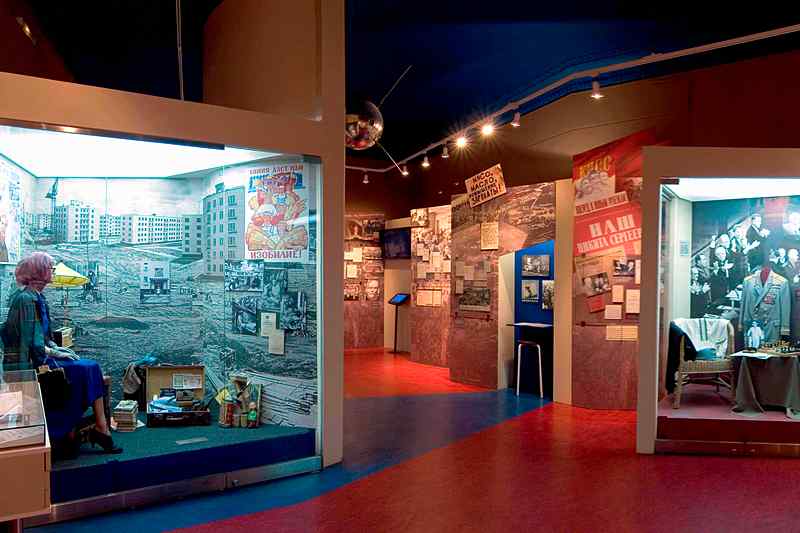Cradle of the Revolution: Petrograd in 1917
|
PRICE
UPON
REQUEST
|
The tumultuous events of 1917 truly shook the world, and the epicenter of the shock was Petrograd, the so-called "Cradle of the Revolution". This short walking tour, designed to appeal to history buffs and neophytes, takes visitors around the landmarks of the February and October Revolutions in the very center of St. Petersburg, combining the fascinating history of the events that brought the Bolsheviks to power with some of the city's most spectacular vistas.
The tour begins outside the Finland Station, where Vladimir Lenin arrived in Russia from exile in Switzerland on 3 April 1917, making a celebrated speech to a crowd of waiting supporters. An immense statue of the "Father of the Revolution" in front of the station marks the event and, while the historic station building was replaced in the 1950s, on one of the platforms it is still possible to see the locomotive (#293) that bore Lenin back into Russia.
From here, the group will walk along the Arsenal Embankment and across Sampsonievskiy Bridge to reach the Cruiser Aurora, permanently docked in front of the Nakhimov Naval College. Built in 1900 to serve with the Russian Pacific Fleet, the Aurora was used to patrol the Baltic Sea during the First World War, and was being refitted in Petrograd when the February Revolution began. Bolshevik crew members took over command of the ship, and it was a blank shot from the Aurora's guns that began the assault on the Winter Palace on 25 October 1917. The group will go on board to explore the Russian Navy’s most famous ship up close.
A short walk further west along the embankment will bring the tour to the Museum of the Political History of Russia. Housed in the sumptuous Kschessinska Mansion, an Art Nouveau masterpiece that was seized by the Bolsheviks after the February Revolution and became the party's headquarters, as well as the temporary the editorial offices for Pravda, during the eight-month rule of the Provisional Government. In 1955, it became the home of the Museum of the October Revolution, which collected together a wealth of artifacts, documents and propaganda material connected with the Revolution and ongoing Soviet rule. Repositioned after the fall of Communism, it still provides a fascinating - and now much more objective - overview of Revolutionary history.
After leaving the museum, the group will cross the Neva River via the Trinity Bridge, stopping to enjoy superb views of the Winter Palace, before entering the Field of Mars. At the center of this Tsarist-era parade ground stands the Monument to the Fallen Fighters of the Revolution. While the October Revolution itself was largely bloodless, the surrounding upheavals, starting with the February Revolution, saw copious amounts of blood spilled in Petrograd in street battles and violent repressions. This spot became the site of mass graves for the fallen and, from the 50th anniversary of the Revolution, the location of the Soviet Union's first eternal flame in their memory - a fitting place to finish this tour of the most memorable vestiges of 1917, St. Petersburg's year of revolution.
Itinerary and route details
| 30 mins | Meet at Finland Station, Monument to Lenin and locomotive |
|---|---|
| 20 mins | Walk to Cruiser Aurora |
| 30 mins | Cruise Aurora inside visit |
| 10 mins | Walk to Museum of Political History |
| 70 mins | Museum of Political History inside visit |
| 20 mins | Walk to Field of Mars with Neva River views |
- Finland Station
- Cruiser Aurora
- Museum of Political History
- Field of Mars
Travelers
Payment
- Admissions tickets
- Guide services
- None





